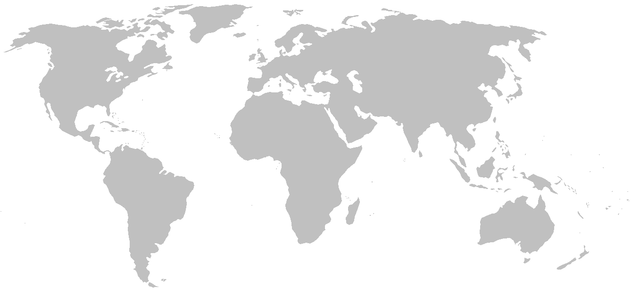
In Johannes Kepler’s 1608 novel Somnium, a demon describes how the shapes of the terrestrial continents appear to an observer on the moon:
On the eastern side [toward the Atlantic Ocean] it looks like the front of the human head cut off at the shoulders [Africa] and leaning forward to kiss a young girl [Europe] in a long dress [Thrace and the Black Sea regions], who stretches her hand back [Britain] to attract a leaping cat [Scandinavia]. The bigger and broader part of the spot [Asia], however, extends westward without any apparent configuration. In the other half of Volva [Earth] the brightness is more widely diffused [the two oceans] than the spot [the American continent]. You might call it the outline of a bell [South America] hanging from a rope [Nicaragua, Yucatán, Popayán] and swinging westward. What lies above [Brazil] and below [North America] cannot be likened to anything.
The two “halves” are the Old World and the New. East and west, upper and lower are reversed in the lunar perspective. Kepler mistakenly believed that continents would appear as dark “spots” against lighter oceans; he later credited Galileo with correcting this error.
